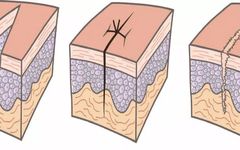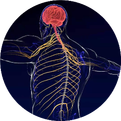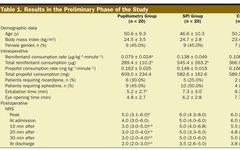Management of Postoperative Wound Dehiscence by Grade
1. Management of SWD SWD can present as superficial to deep wounds, with exposure of internal organs or implants. The goal of managing SWD is wound healing. Management should be tailored to the specific needs of the patient and requires the involvement and collaboration of the patient, family, nursing staff, and a broader multidisciplinary team. … Read more



